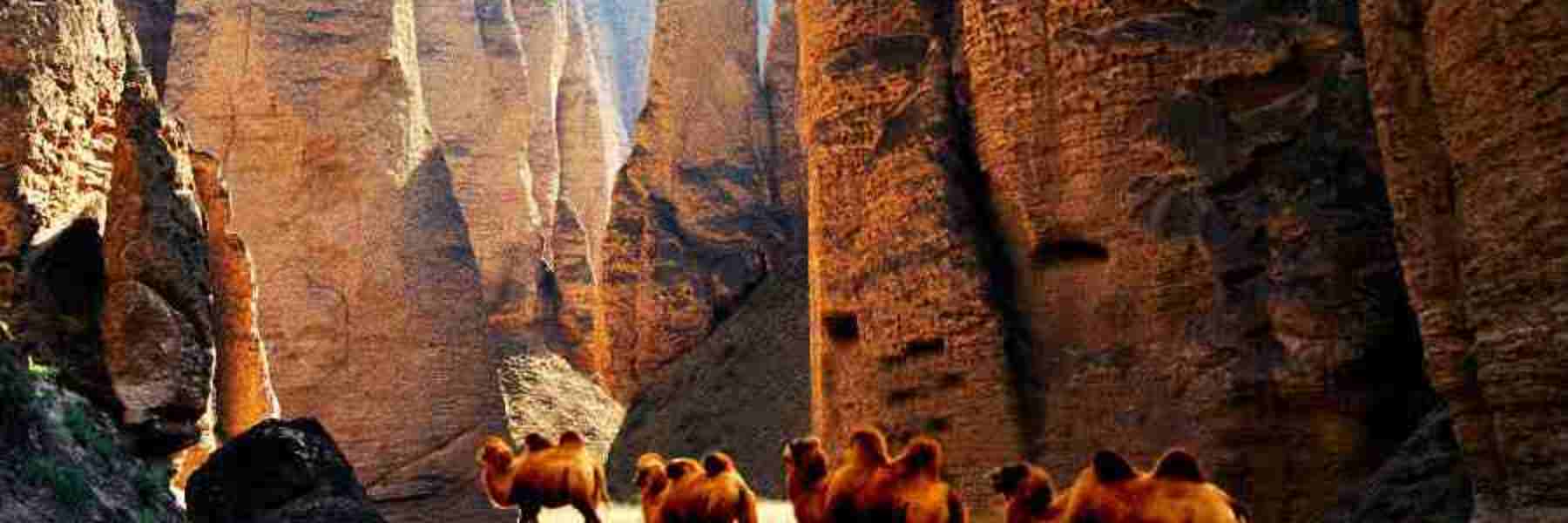
 Tour Code
Tour CodeGS8D7N-LZJ-195
 Duration
Duration7 Days\ 6Nights
Just take you 7 days, this journey will take you along the Silk Road in northwest China. Starting from Lanzhou, the capital of Gansu province, we traveled northwest to Dunhuang. You can experience the most pure desert scenery, feel the thick history and culture. This journey will be beyond your imagination.
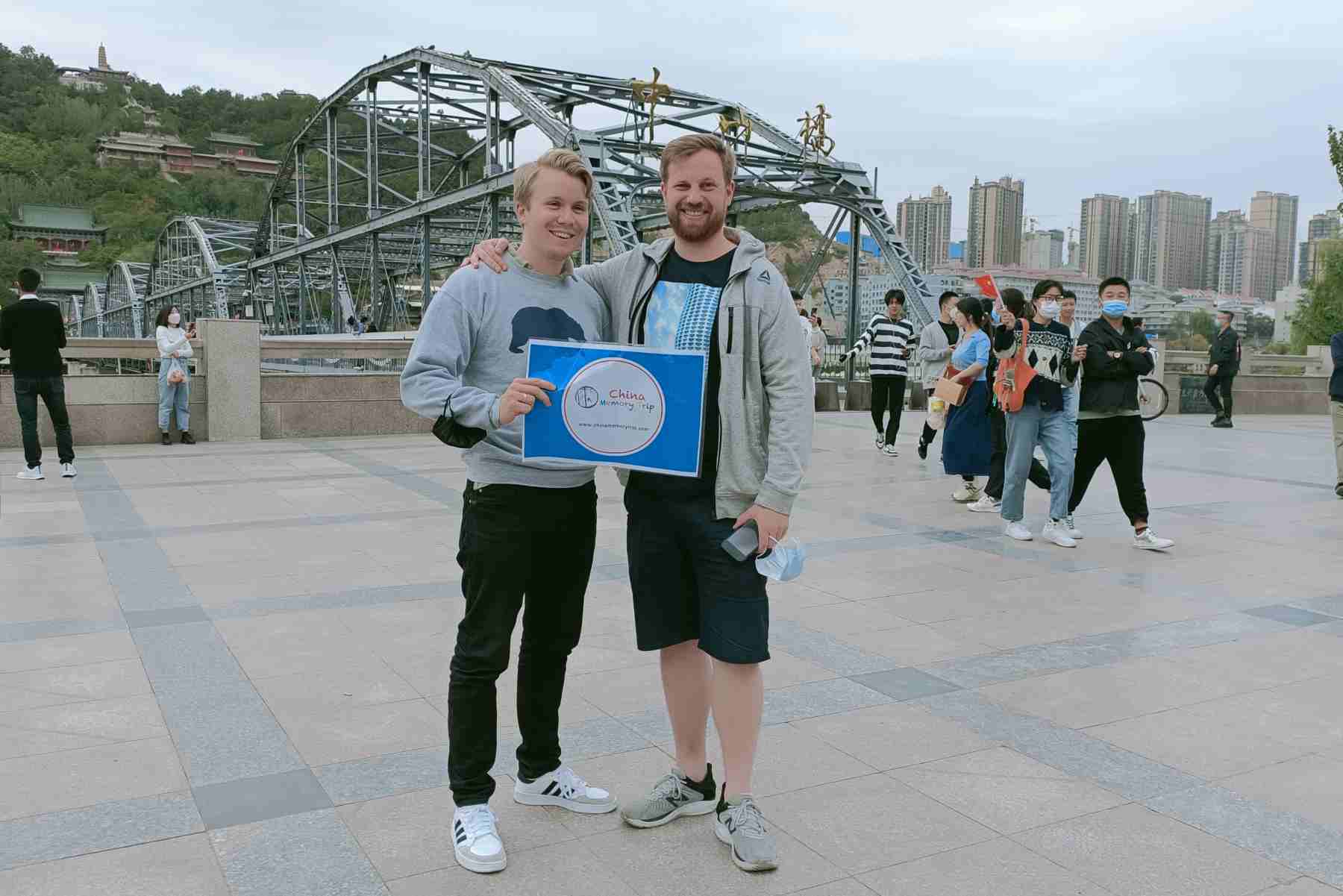
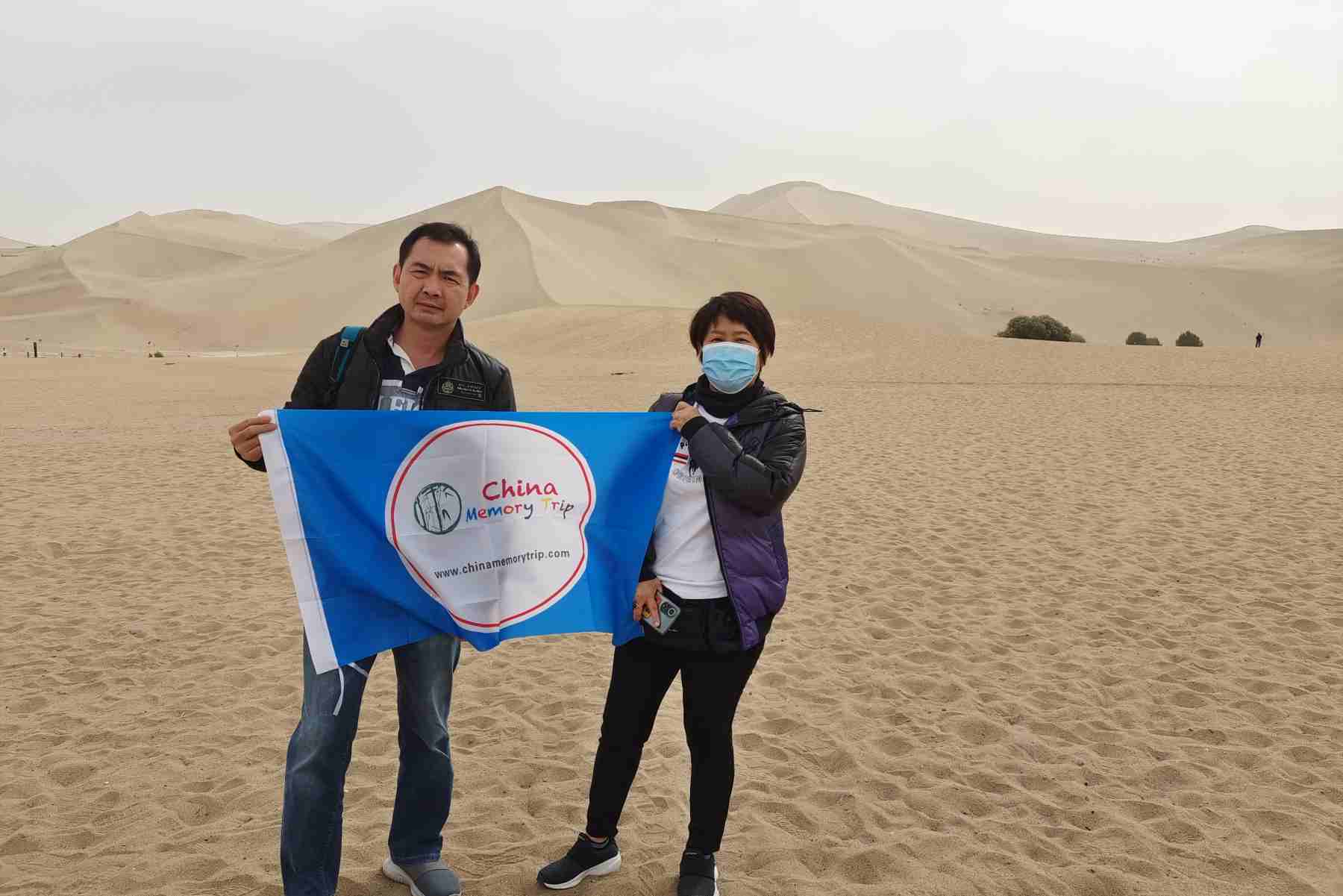
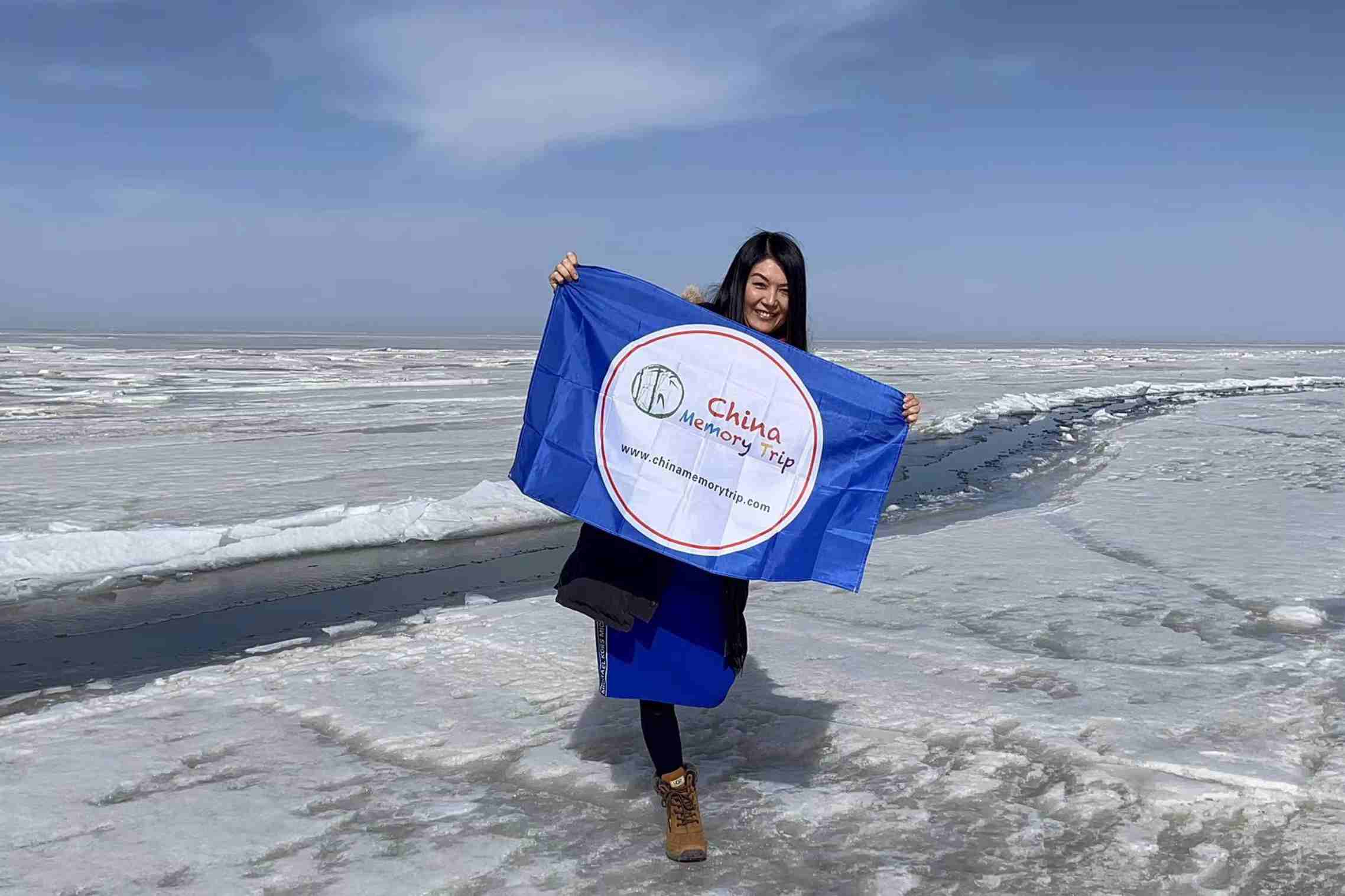
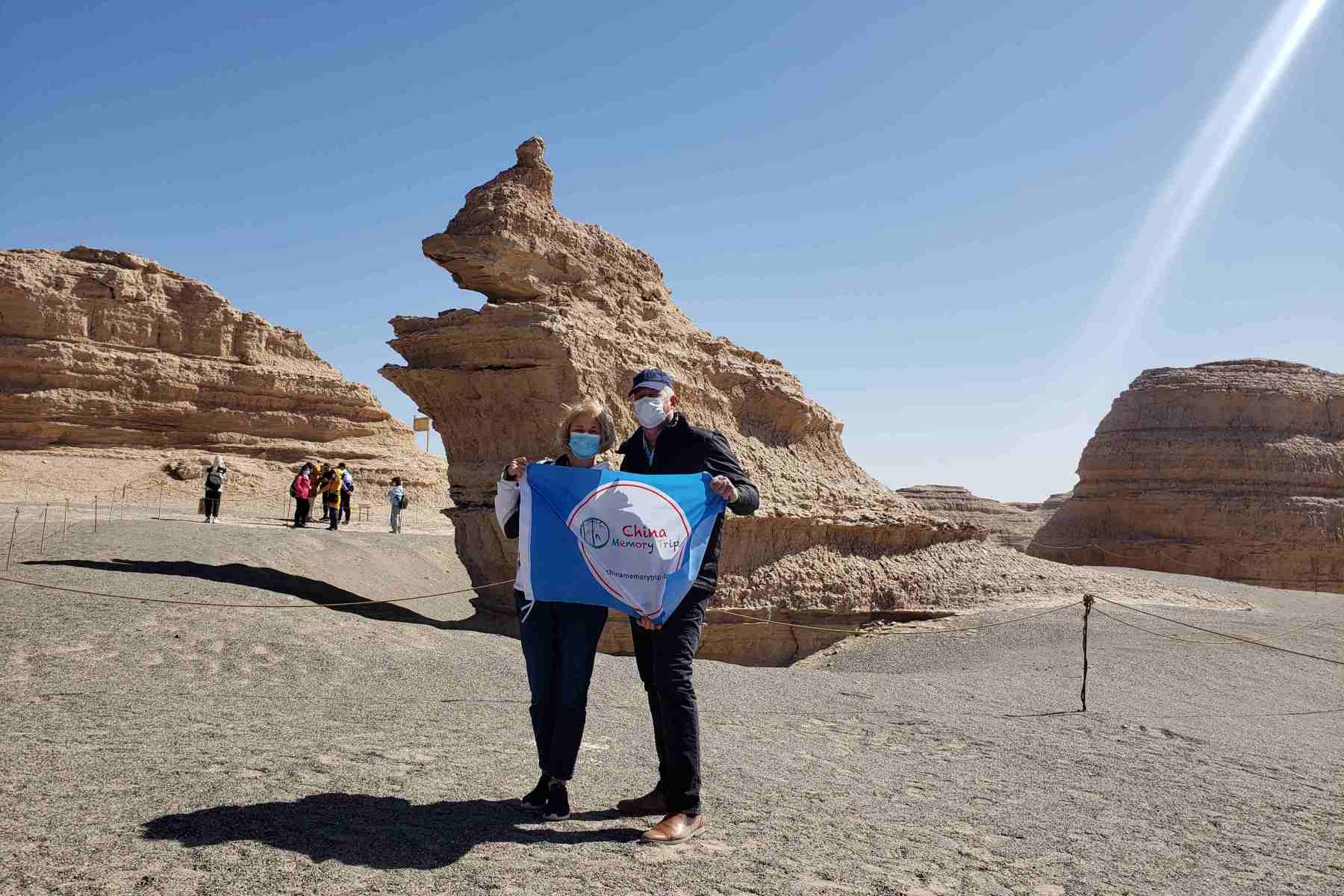
Attractions: Yellow River Stone Forest National Geological Park
Meal: Not Included
Hotel: Overnight in Longwan Village
Meet at airport, in the afternoon drive 2.5 hours to Yellow River Stone Forest National Geological Park. The imposing stone forest, the simple and quiet Longwan, the bold and unrestrained Yellow River, and the superior natural environment make the Yellow River Stone forest a photographic paradise on the Silk Road.
Stay in Longwan village tonight.
Attractions: Yellow River Stone Forest National Geological Park, Yongtai Ancient City
Meal: Not Included
Hotel: Overnight in Lanzhou
In the morning, Enter the Yellow River Stone forest scenic area must first along the cliff cliff to Longwan village, a "mountain road 22 bend", this 22 bend a total length of 2.3 kilometers, the vertical drop of about 150 meters, walking here you will involuntarily scream, one side is the thrilling "mountain road 22 bend", the other side is thousands of mountains stack barriers, thousands of gullies peak turn-around.
After it, returned by the same way as how we come, kart-donkey carts- motorboat(upstream). In the afternoon, drive to Yongtai ancient city, located 27 kilometers southwest of Jingtai County, Baiyin City, Sitan Township, was founded in the Ming Wanli thirty-six years, has a history of more than 400 years, but generally better preserved. After sightseeing, drive back to Lanzhou.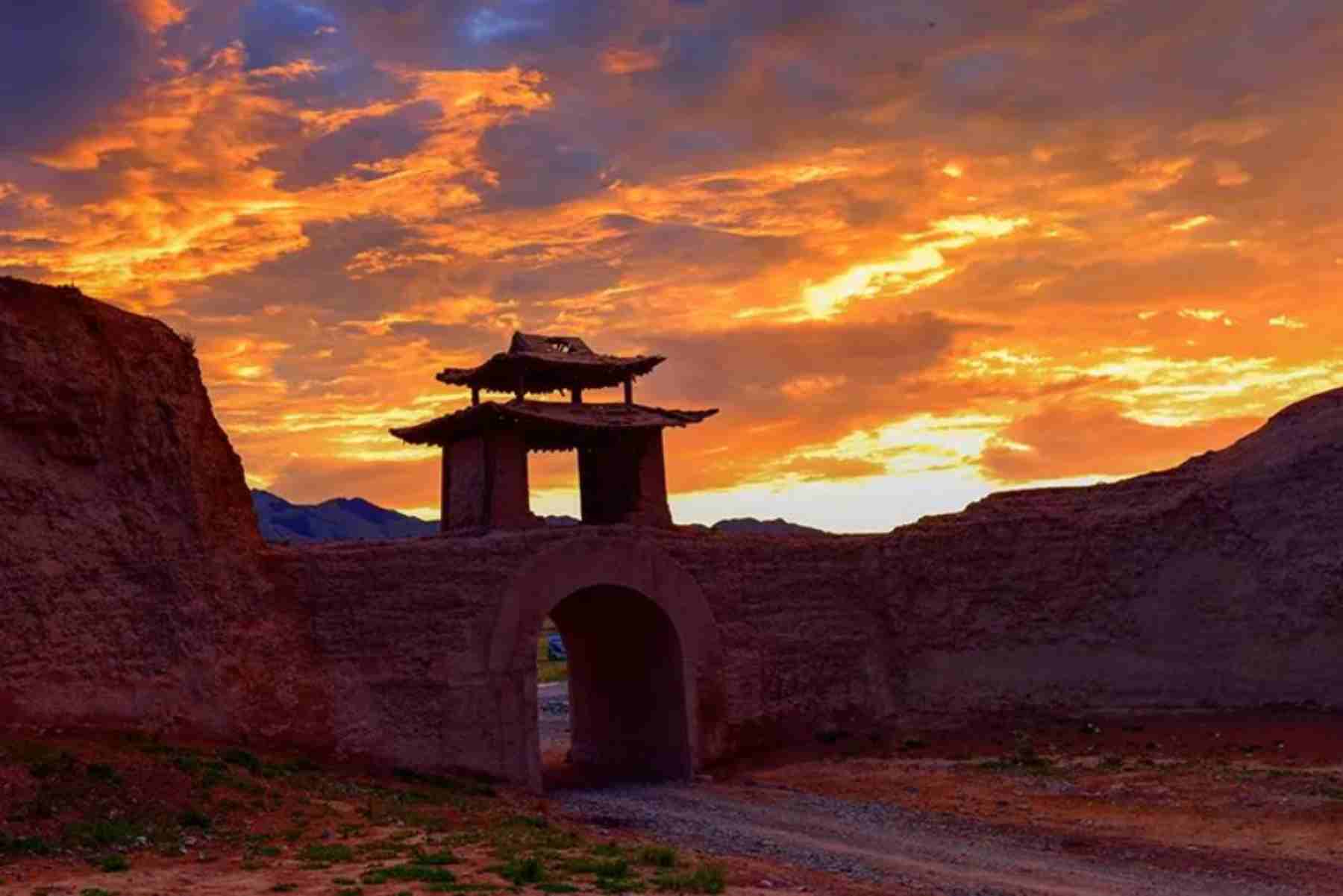
Attractions: Matisi Temple
Meal: Not Included
Hotel: Overnight in Zhangye
After breakfast, drive to Zhangye to visit Matisi Temple(Horse Hoof Temple), it is located in Mahoe Tibetan Township, Sunan Yugur Autonomous County, Gansu Province, 65 kilometers north of Zhangye City. It is a tourist area integrating grottoes art, Qilian Mountain scenery and Tibetan customs.
The grottoes are composed of seven places: Shengguo Temple, Puguang Temple, Thousand Buddha Cave, Jinta Temple, upper, middle and lower Guanyin Cave, with a total of more than 70 cave niches, built in Beiliang. After it, drive back to Zhangye.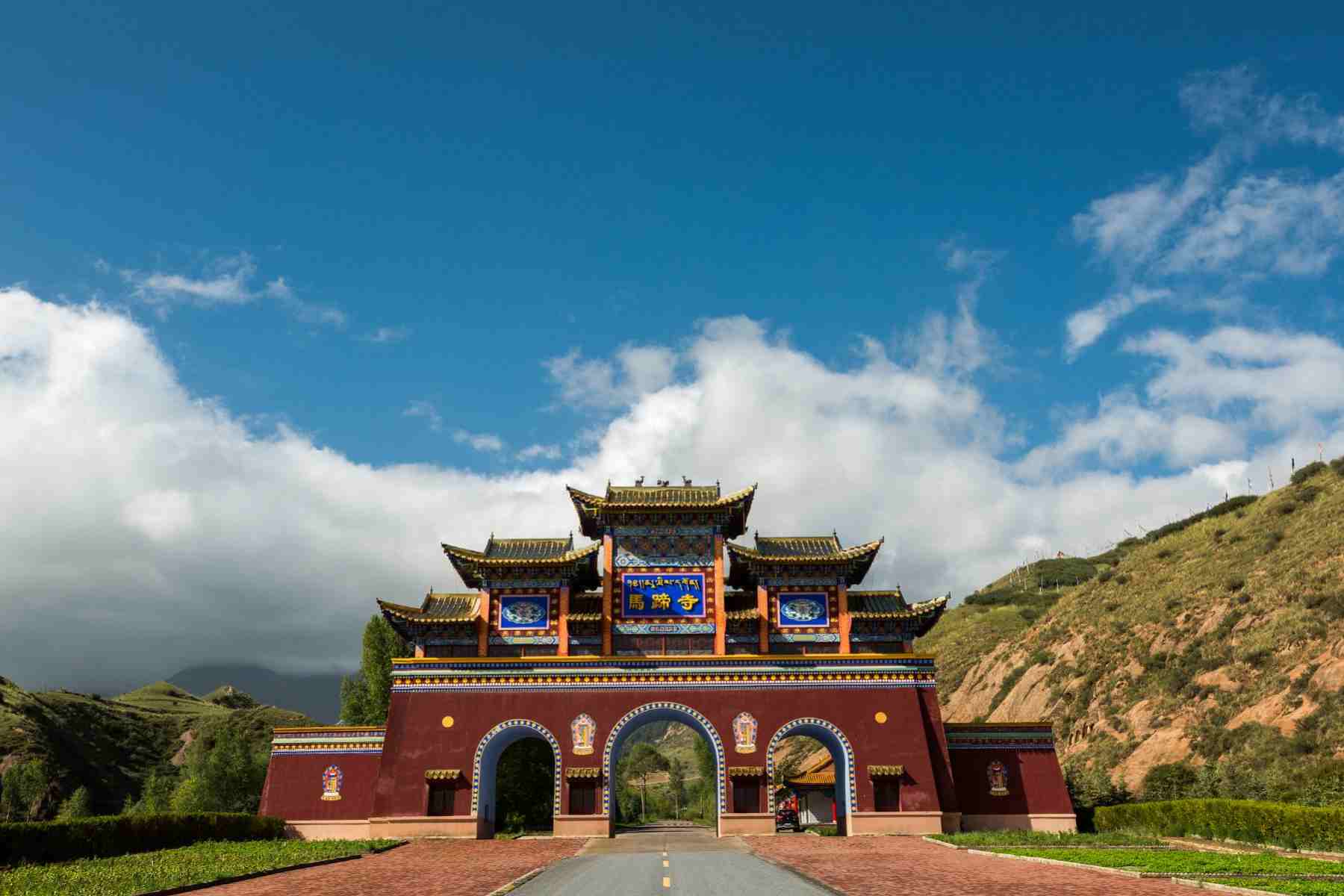
Attractions: Zhangye Danxia National Geological Park
Meal: Not Included
Hotel: Overnight in Jiayuguan
Drive to Zhangye Danxia National Geological Park. There are strange shape, colorful, magnificent Danxia landform. Danxia refers to the isolated peaks and steep strange rocks formed by long-term weathering and erosion of red sand conglomerate. The Danxia landform here developed from the Pre-Jurassic to the Tertiary period about 200 million years ago.
After that, drive to Jiayuguan.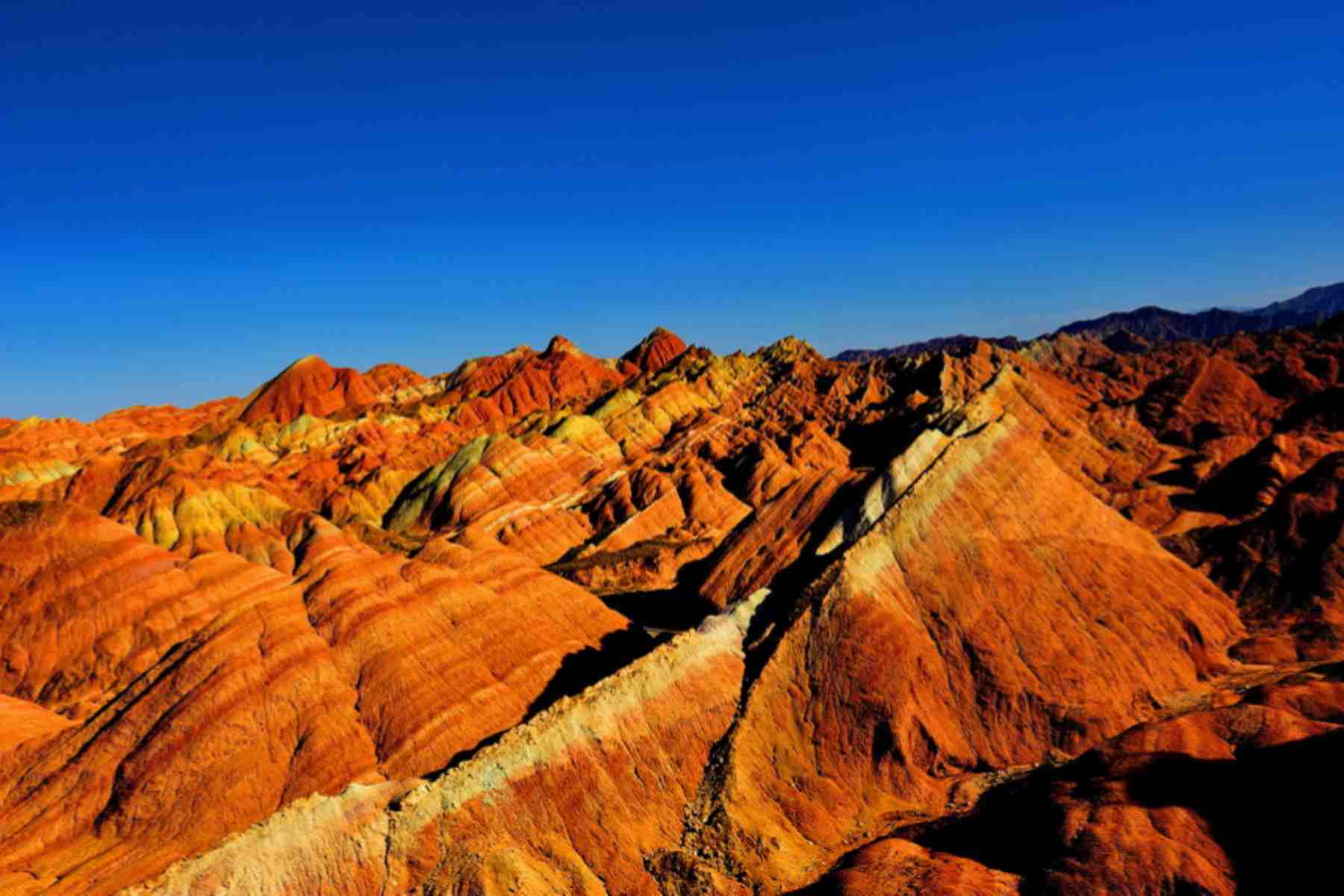
Attractions: Jiayuguan Fort
Meal: Not Included
Hotel: Overnight in Dunhuang
This morning visit Jiayuguan Fort outside of the city. Jiayuguan Fort is the traffic artery of the ancient "Silk Road" and the western starting point of the Great Wall of Qin Dynasty. Here, the "Ancient Silk Road" opened up more than 2,000 years ago for economic and cultural exchanges between China and the West and the "ancient battlefield" beacon beacon of military battles of all generations can be seen. Here is the intersection of China's Silk Road culture and the Great Wall culture, known as "Hexi city", border key ".
After that, drive to Dunhuang. 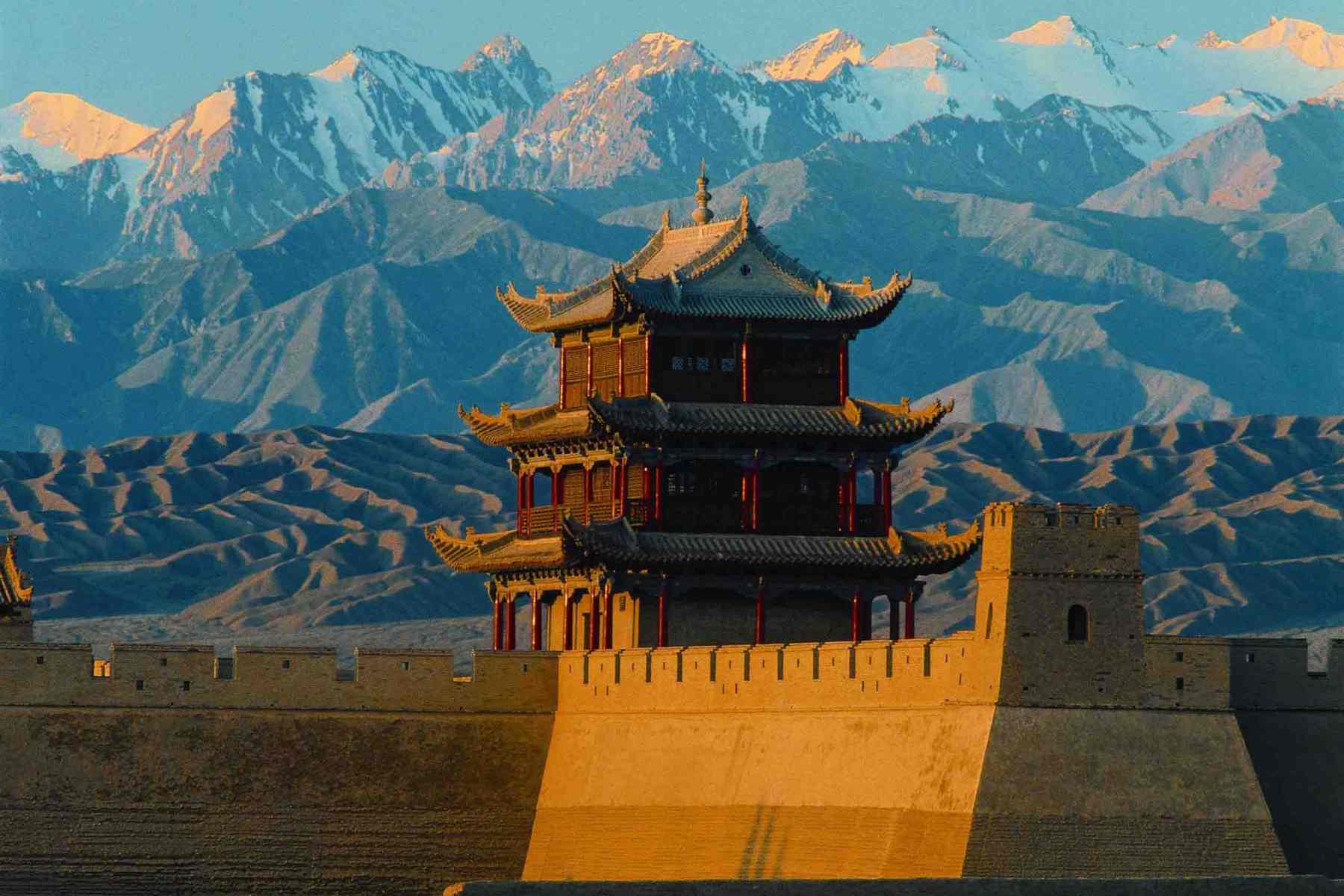
ttractions: Mogao Grottoes, Echoing Sand Mountains & Crescent Lake
Meal: Not Included
Hotel: Overnight in Dunhuang
After breakfast, drive to Mogao Grottoes. The Mogao Grottoes, commonly known as the Thousand Buddha Caves, are located on the cliff at the eastern foot of the Mingsha Mountain, 25 kilometers southwest of Dunhuang City, Gansu Province, China, facing the eastern side of the Tongquan River. The distribution of the caves is staggered, the scale of the subzone ratio, and there are up to five layers up and down. It is famous for its exquisite murals and statues. It was built in the sixteen States before the Qin period, after the sixteen States, the Northern Dynasty, Sui, Tang, five dynasties, Western Xia, Yuan and other dynasties of construction. With 735 caves, 45,000 square meters of murals and 2,415 clay colored sculptures, it is the largest and richest Buddhist art site in the world.
The following attraction is the Echoing Sand Mountains (Mingshashan). The sand mountain is a desert formed under the action of wind. The long yellow sand gathers here to form the sand mountain. The sand mountain will ring under the wind, so it gets its name. In the arms of the sand mountain, there is a crescent shaped lake, the lake grows beside the sand willow, populus euphrysalis, forming an oasis, here called "Crescent Lake". Crescent Lake is a small lake, the water is quite clear and blue. In full sunlight, the water glows with the pleasant colors of the garden. When winter comes, the lake of Crescent Spring freezes into a thick white ice, becoming a small ice rink, so that visitors can not only enjoy the beauty of the lake, but also experience the pleasure of the ice.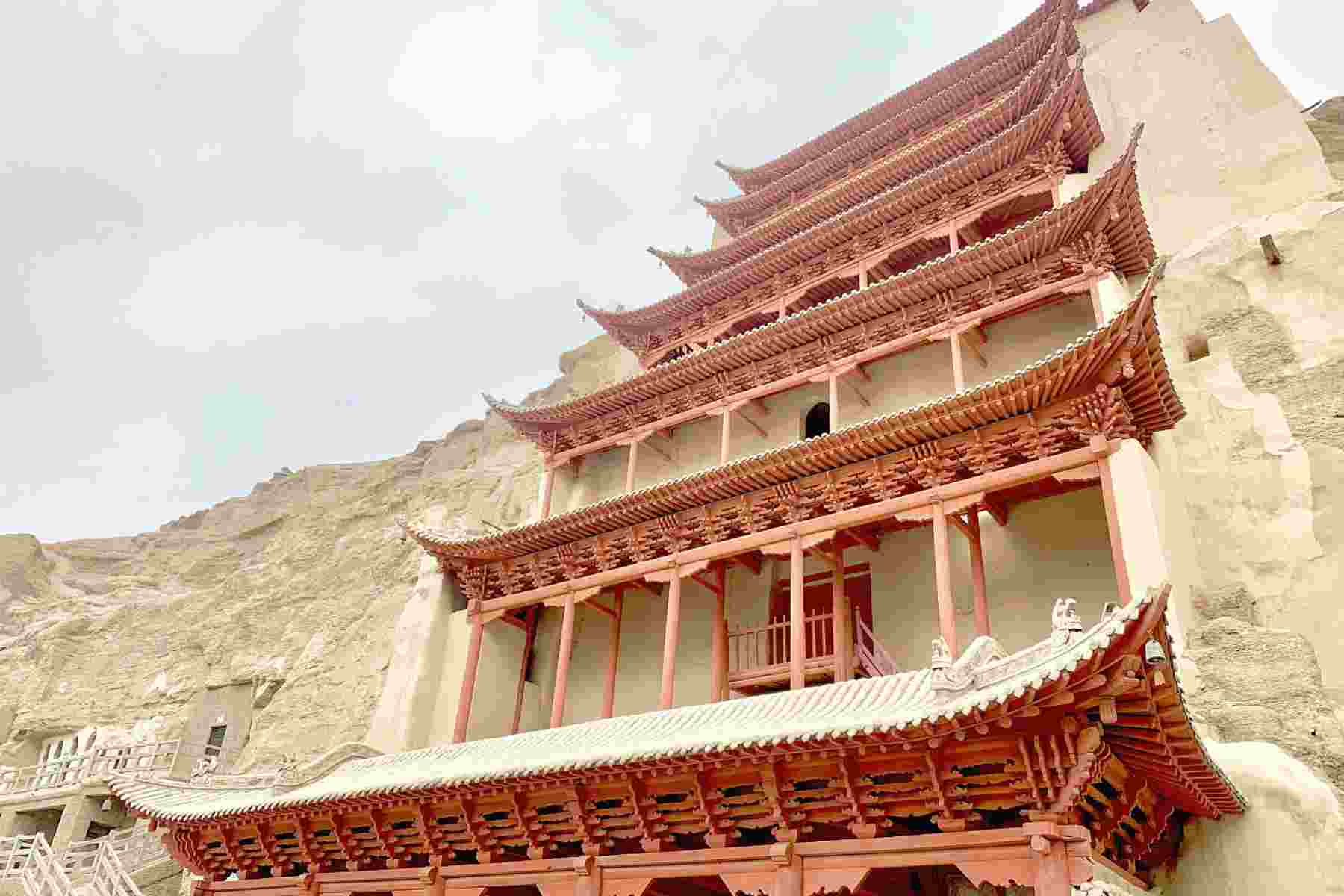
Attractions: No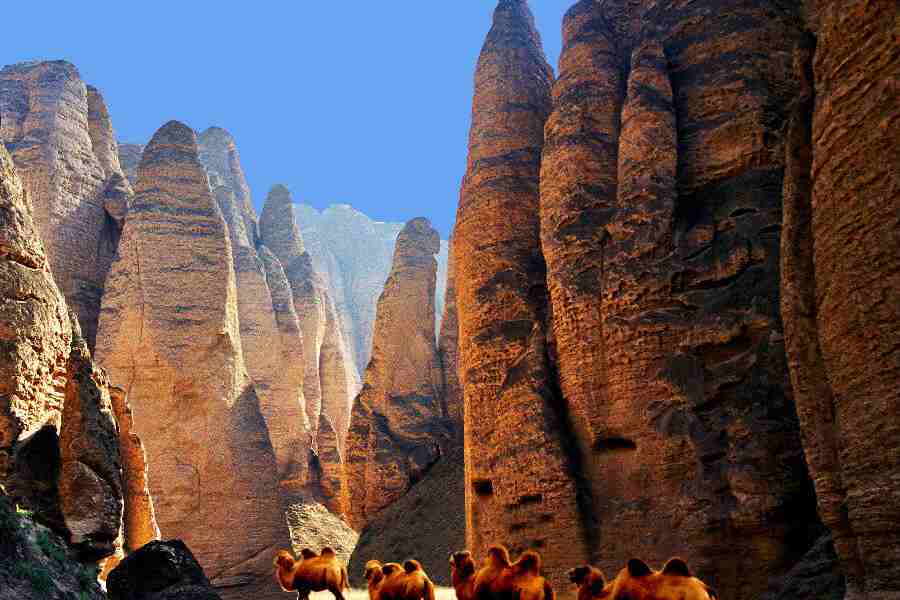
Meal: Not Included
Hotel: Not Included
Today is free for you until your tour guide and driver escort you to the airport in time for the scheduled flight/railway station to other destination. Tour ends.



 IPv6 network supported XML | Sitemap | Blog | Privacy Policy
IPv6 network supported XML | Sitemap | Blog | Privacy Policy 
